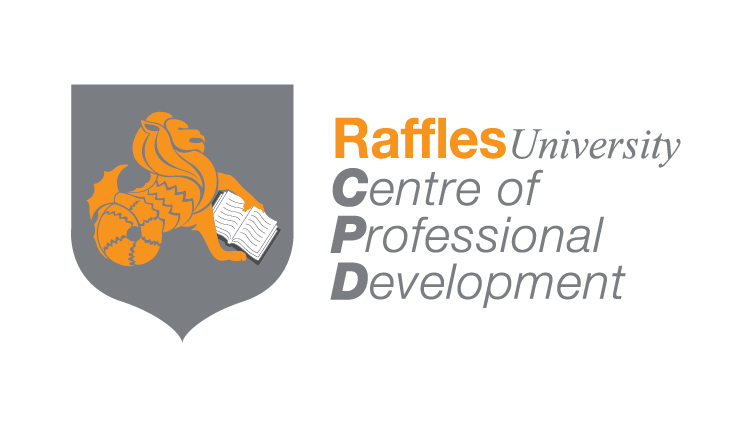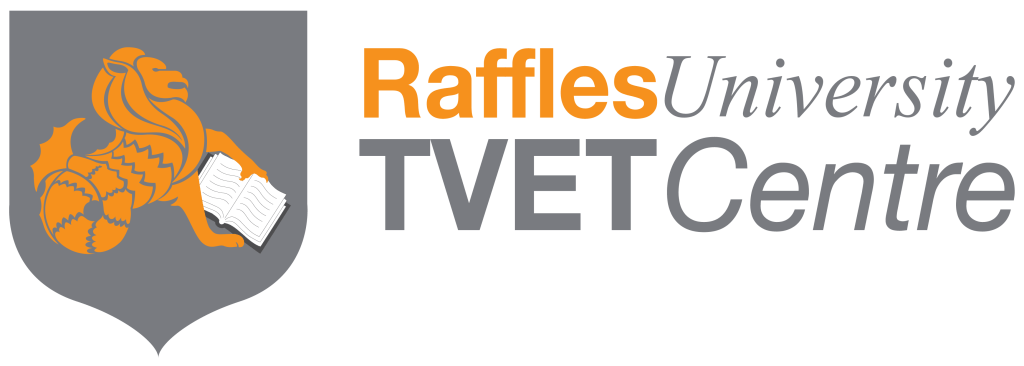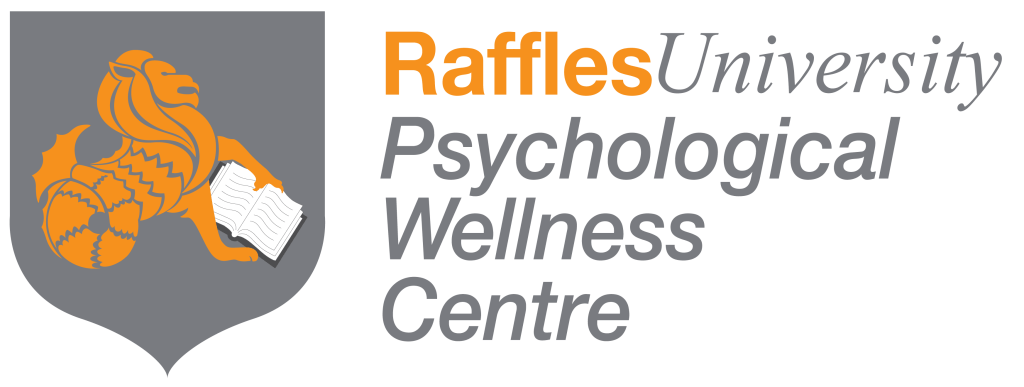RU UPDATES
AI FYP: CT Image Segmentation
Artificial Intelligence Final Year Project: Breakthrough in CT Image Segmentation

At Raffles University, we take immense pride in the dedication and innovation of our students.
Today, we would like to highlight the remarkable journey of Angely Sim Jia Wun, a final year student pursuing a 信息系统学士(荣誉学位)人工智能. She has diligently worked on automatic CT Image Segmentation using Artificial Intelligence technology.
The official project name is “A Method of Processing a Computed Tomography Image” [TEE IP: 2023/PT/U5.51/OP], supervised by Associate Professor Dr Sasa ARSOVSKI, the programme director of AI & Robotics, and patented in Malaysia.
The goal of this project is to address the time-consuming and subjective process of manual CT scan segmentation. Thanks to Artificial Intelligence technology, the computed tomography image can now be presented through a user-friendly interface that includes a single-click feature to display various organs and tissues as CT images, as well as in 3D.
[Demonstration] Start at 1:14
Machines are better at analysing pixels in an image, so when we have an AI that knows exactly what it should look for, including slight changes in pixels considered as abnormalities, there’s a higher chance for more accurate diagnoses. Diseases like lung cancer can be detected at an early stage, increasing survival rates. This technology can significantly assist medical professionals in the diagnosis process, making it easier and faster for them.
TRANSCRIPT
Angely Sim Jia Wun
信息系统学士(荣誉学位)人工智能
Can you share us about your Final Year Project?
I worked on CT image segmentation for my final year project. It took over six months of research, coding, and implementating all the necessary elements into a user interface before it was presentable as a working prototype.
The project was actually an idea from an industry collaborator and since there’s no similar existing solution, my professor and I decided that it would make an excellent project and potentially provide an actual contribution to the medical technology field.
The goal was to come up with an automatic segmentation tool using unsupervised methods to segment areas such as the bone, lung, airway, and vessel from a chest CT scan.
[Demonstration] Start at 1:14
What is the problem that you would like to solve through the project?
Well, most segmentation tools out there relies on subjective and manual segmentation, which can be very time consuming.
Automatic segmentation is hard to implement since medical images are not linear so the parameters that work a medical image won’t work the same on others. We tried finding a way around it using unsupervised clustering algorithm that gives user an option to segment every slice of medical image in shorter period of time.
I used Clustering algorithm such as KMeans and Fuzzy Cmeans, Python, and graphical user interface libraries.
What is the benefits of this project?
Machine are better at analysing pixels in an image so when we have an AI that knows exactly what it should for, what slight changes in pixels that are considered abnormalities, then there’s higher chance for more accuracy diagnosis. Diseases like the lung cancer can be detected at early stage and this can increase survival rate. It definitely can assist medical professionals in diagnosis process, making it easier and faster for them.
What did you learn in this project?
Dr Sasa has been incredibly helpful to me throughout my studies and he’s really passionate about the subjects he teaches. He’s always answering any questions or doubts I might have and had gone through great lengths in helping his students in AI subjects.
Some of the things I learned is managing my time to make sure the project was able to wrap up in time, and I got a better understanding of the process of software development.
I think AI and Robotics have been really helpful in some major aspects of life since now AI technologies are used in applications like security and safety measures, quality control, and like demonstrated in this project, AI also has its given contribution in the medical field.





